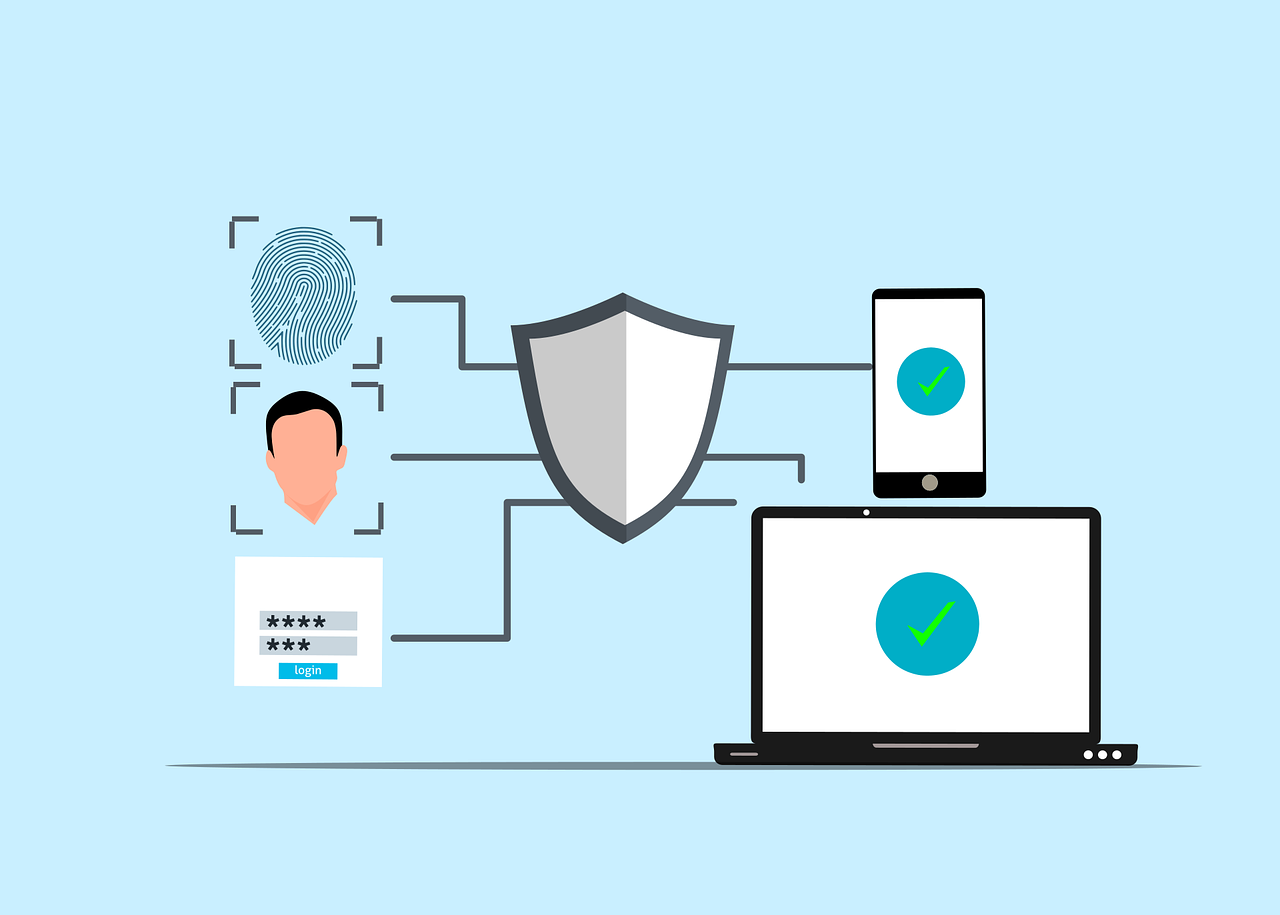SaaS: why involve legal as early as product development
SaaS: involve legal as early as product development to anticipate risks and not lose your money.


In many SaaS companies, legal is involved too late. It is only associated with contracting, once the product has been developed. However, it is a strategic error.
Each new feature raises issues of compliance, accountability, and contracting. Waiting until the end of development to deal with them exposes them to blockages, delays and sometimes significant financial losses.
The usual logic is to develop the functionality and then ask the legal team to update the contracts or make the necessary adjustments.
Problem: when technical choices have already been made, some options are impossible to correct. You end up at:
This operation creates a waste of time, money and credibility.
The most effective approach is to involve the legal side from the start of development. This completely changes the dynamic and allows:
It is one of the most current cases. Many SaaS companieswant to add artificial intelligence features to their solution.
But without legal involvement from the start, the risks are immediate:
As a result, the feature is unusable and you've wasted your development budget.
Conversely, if the legal is integrated early, you define:
You save time, security and credibility with your customers.
Integrating legal matters at an early stage is not a constraint: it is an accelerator.
In a market where trust is a key factor, this approach becomes a competitive advantage.
Legal advice should not be a simple fix once the product is finished. In SaaS, every feature impacts your contracts, compliance, and responsibilities.
Waiting for the end of development to involve the legal system means taking the risk of having to urgently correct, or worse, throwing months of work in the trash.
The approach is a win for all parties. It's the only way to develop features that are solid, usable, and ready to be brought to market safely.


SaaS documentation: how to be transparent without revealing everything. Inspire trust in your customers while protecting your solution and negotiations.

SaaS: your terms and conditions should govern customer feedback. The resulting improvements must remain your exclusive property.
Let's build together to grow your business